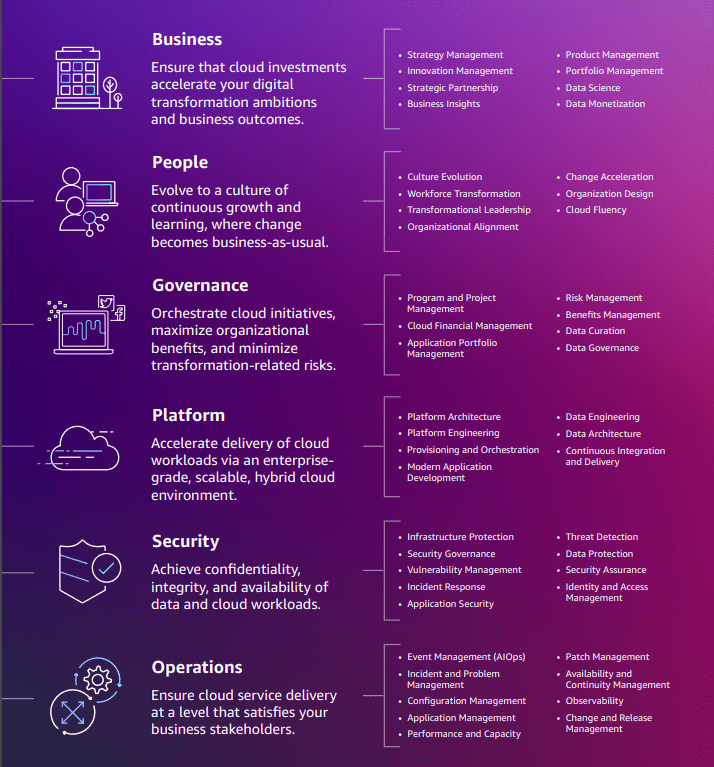Migrate to AWS in a breeze
Transitioning applications and data from on-site data centers or another cloud service (e.g. Azure, Google Cloud, Heroku, DigitalOcean, OVH) to AWS can often prove more complex than initially anticipated.
The challenges, both technical and non-technical, range from transferring enormous quantities of data to the cloud, dealing with the incompatibility of non-cloud native apps in cloud settings, contending with a lack of in-house expertise to manage the migration, which can interrupt productivity, and increased risk exposure.
Our skilled team of migration specialists, armed with years of hands-on experience in multiple migrations, stands ready to provide the crucial support you need throughout your migration journey.












